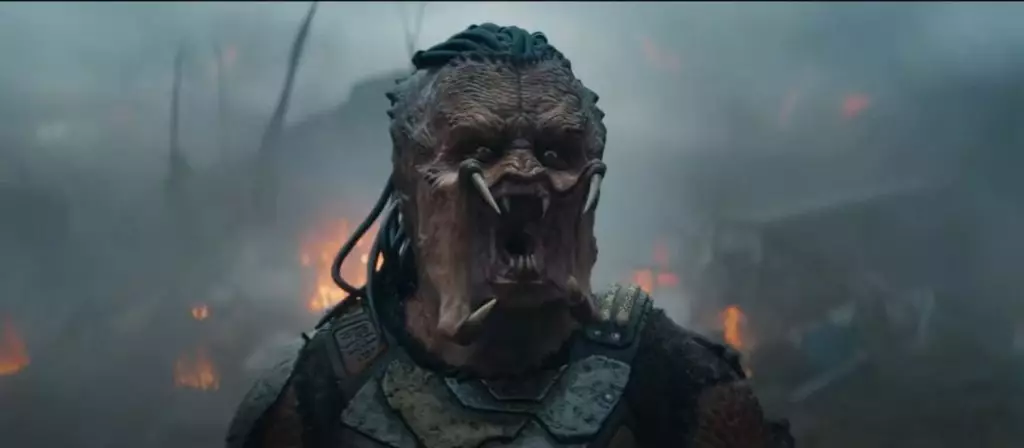In today’s cinematic landscape, the dominance of Marvel and superhero-centric narratives has become almost inescapable. However, strategic studios like Disney are carving out new avenues by investing in immediately captivating and distinct franchises that emphasize originality and emotional depth. The recent unveiling of “Predator: Badlands” and “Tron: Ares” at Comic-Con exemplifies this approach, demonstrating that audiences crave fresh stories that breathe new life into established universes. Moving away from predictable formulae, these films promise innovative storytelling, character development, and visual spectacle that push the boundaries of conventional genre filmmaking.
Redefining Character Archetypes and Narratives
One of the most striking aspects of “Predator: Badlands” is its daring decision to make the Predator—traditionally a relentless hunter—its protagonist. This move challenges canonical storytelling norms and prompts viewers to reconsider what they know about this mythic creature. The film introduces a young, outcast Predator navigating complex emotional terrain, seeking purpose beyond mere conquest. This nuanced portrayal emphasizes empathy and internal conflict, elevating the franchise from pure action to a character-driven saga. Such bold choices demonstrate a willingness to explore new facets of familiar entities, enriching the franchise and broadening audience appeal.
The narrative’s focus on themes like brotherhood, redemption, and survival also marks a departure from the typical monster movie. By centering on non-human characters with relatable motivations, “Badlands” aligns with contemporary storytelling trends that favor diverse perspectives and depth. Moreover, the absence of human characters in the early sequences signals an artistic shift; filmmakers now feel empowered to craft stories that exist beyond traditional human-centric plots, inviting viewers into unfamiliar worlds with fresh stakes.
Visual Innovation as a Narrative Tool
Technological advancements are a decisive factor in elevating these new franchises. The utilization of practical effects, as highlighted in the “Badlands” trailer, signifies a commitment to authenticity and tactile realism. Shooting in locations like New Zealand further anchors the story in tangible environments, enriching the visual experience. Such dedication to practical techniques underscores an understanding that audiences are increasingly discerning, craving immersive worlds rather than CGI-heavy spectacles.
This focus on realism complements the storytelling, emphasizing character dynamism and emotional intensity. The visual storytelling underscores the gritty, desolate setting—the Death Planet, Kalisk—where survival hinges on resilience and cunning. The detailed depiction of the environment and effects not only enhances the narrative but also signals a broader industry shift towards more immersive, artistically ambitious productions.
Reviving Franchise Legacy with Modern Sensibilities
While classics like the original “Predator” (1987) set high standards for action filmmaking, contemporary entries like “Badlands” consciously reinvent the franchise to resonate with today’s audiences. The decision to eschew returning stars such as Arnold Schwarzenegger in favor of fresh characters and themes reflects an understanding that legacy franchises must evolve without relying on nostalgia alone. Instead, they should embrace innovation, emotional authenticity, and cultural relevance.
Additionally, the strategic release of “Badlands” in theaters exclusively underscores a faith in cinema’s communal experience—something streaming platforms often sideline. By positioning these films as event cinema, the studios aim to foster communal anticipation and critical dialogue, breathing new vitality into the genre.
The progressive approach demonstrated in these new franchises exemplifies how the film industry can adapt and thrive by prioritizing originality, visual reinvention, and character-driven narratives. Studios no longer merely produce sequels or remakes; they craft immersive worlds that challenge conventions and captivate diverse audiences. This shift not only revitalizes established genres but also asserts that innovation remains the heart of cinematic success.

